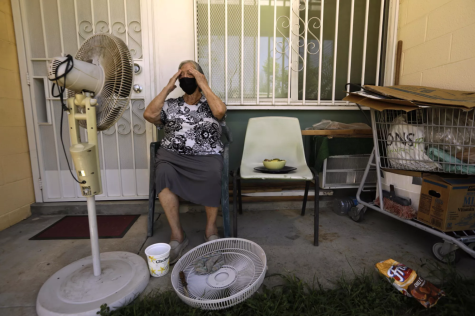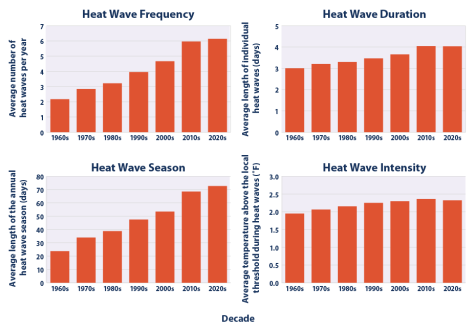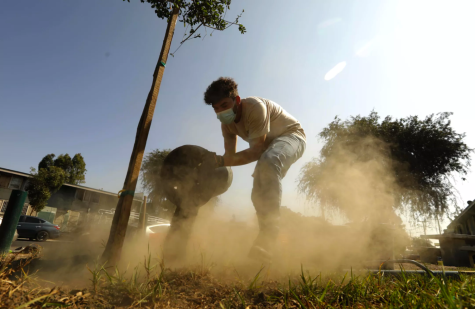Heat Can Cause Disparities

In recent weeks, there has been a surge of heat waves affecting everyone in Southern California…well, maybe not everyone. Studies have shown that low income families are affected far worse than those of wealthier communities.
A reporter from NPR News shared, “…a new study shows that in American cities, residents of low-income neighborhoods and communities of color endure far higher temperatures than people who live in whiter, wealthier areas.”
In order to understand why these heat waves are affecting lower income communities, it is important to understand why the heat waves are happening in the first place. An obvious answer to this, is of course, climate change. Due to the dramatic change in our climate, heat waves are becoming more and more threatening each year.
Things like dramatic climate change can hurt certain groups of people more than others. For example, it is much harder for lower income families to provide cooling resources for themselves, especially when the most convenient form of cooling is the most expensive.
According to an NPR article, “This sort of inequity is accentuated because, whether outside or inside their homes, low-income households have fewer resources and opportunities to adapt to extreme heat.”

The government does not support low income communities enough when it comes to things like heat. According to an article from CNN Business Perspectives, “Extreme heat is just as dangerous as extreme cold. But today, in many states, landlords are only required to provide tenants with heat — not cooling.” These regulations do not line up with the rising temperatures, and looking at the graphs, it is clear that heat waves are continuing to grow and become more abundant than ever, which means utility expenses are going to increase dramatically. From that same article it stated, “It costs lower-income families an average of 8.6% of income to pay for home energy, about three times more than the average for higher-income families, who spend about 3% of their income on utilities.” This is because wealthier families could be spending the same amount of money as the lower income families, but the utility price doesn’t affect them nearly as much because of their higher income.

Overall, these disparities do not receive nearly as much traction as they should. When heat waves happen and are spoken about on the news or written about in articles, there should also be information spread about those struggling to adapt to them.
In a Forbes article, it was stated that the reason why these underprivileged communities aren’t getting the attention they deserve is because, “…media and policymakers tend to focus on ‘average’ statistics at the city or county level: the average temperature, the average tree cover, etc. But averages provide an incomplete, perhaps misleading, picture in highly inequitable societies.”
Therefore, even if there are statistics being shared about the heat waves, one cannot be sure that they are accurately representing the lower class communities’ struggles with the heat.